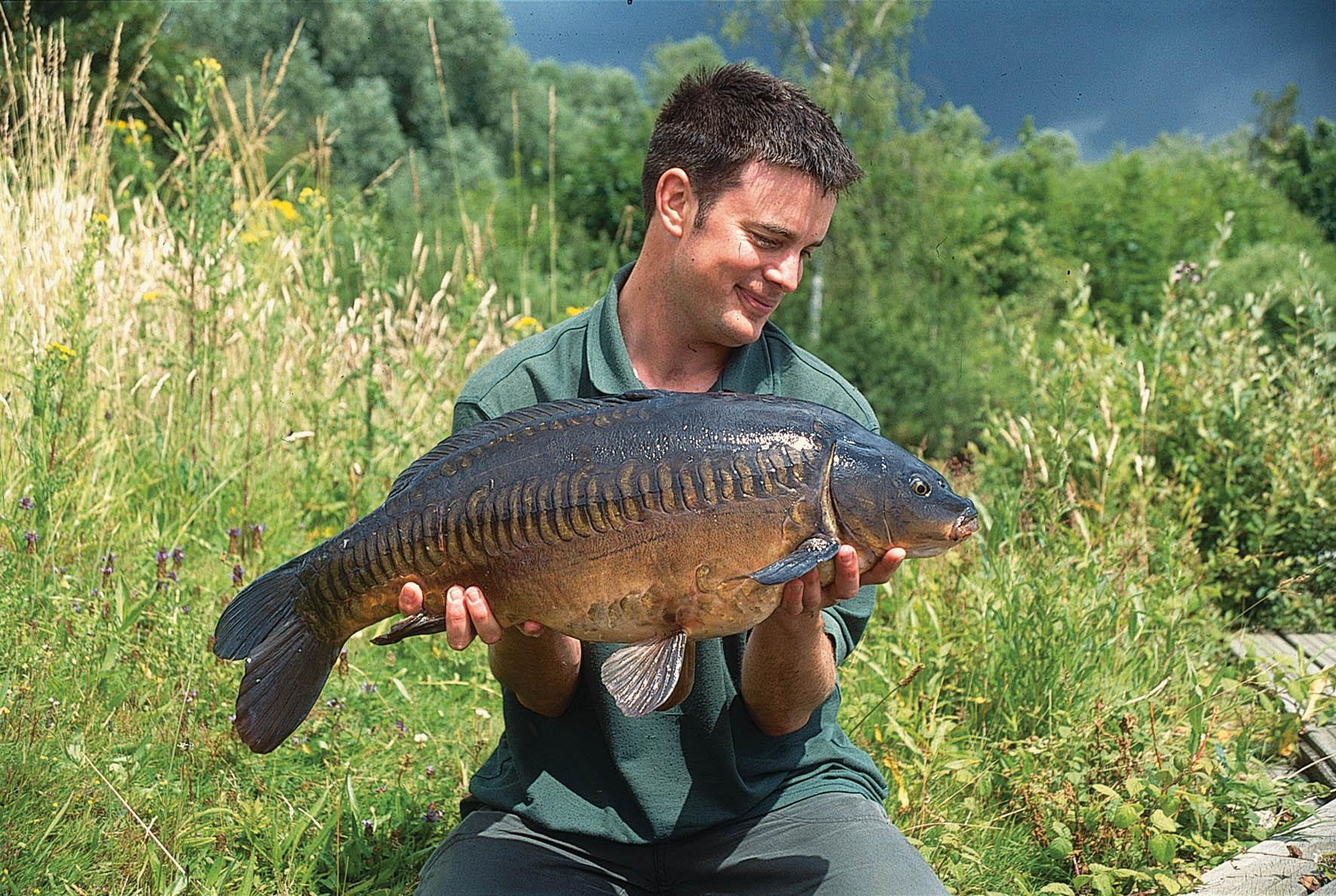The Evolution Of The Carp
Where they came from, who genetically improved their looks and who are the Godfathers of the future?
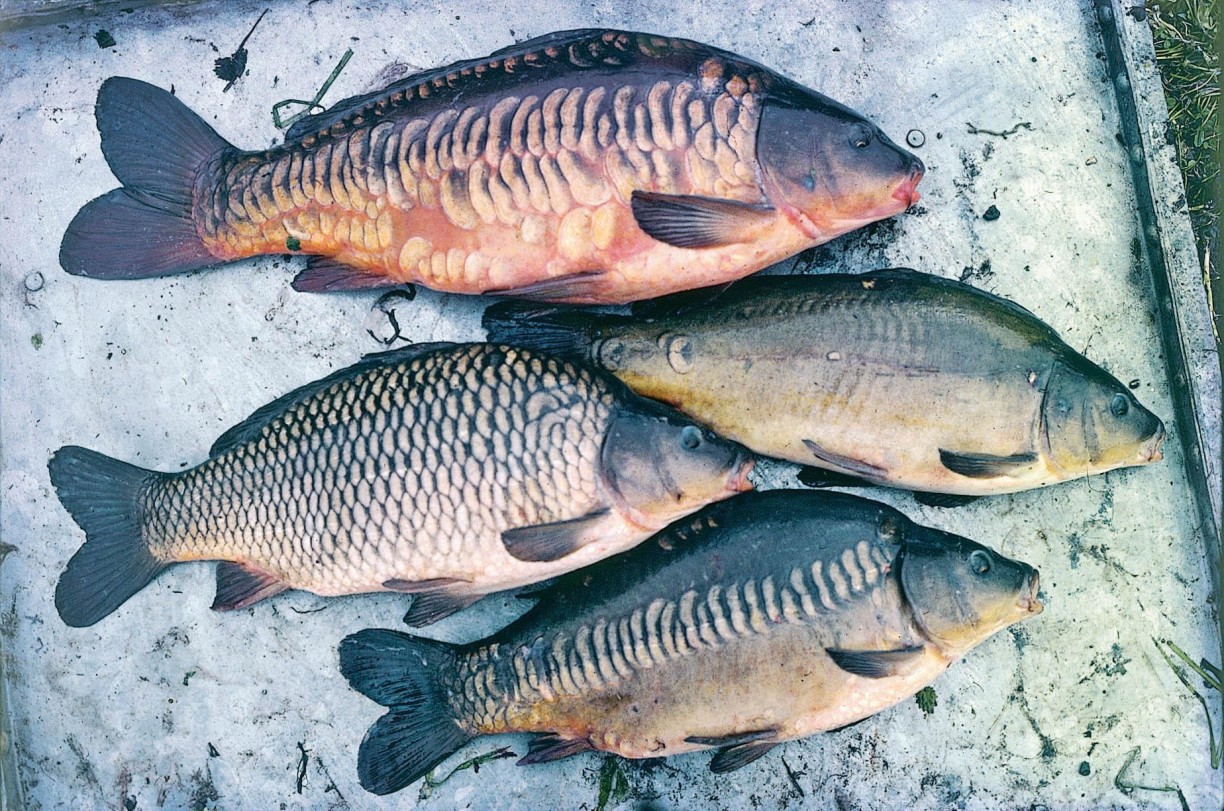
“You could write a book on this subject,” laughs Ben Gratwicke, one of the country’s leading fish farmers when we tell him our plans of explaining how the carp has evolved through time. We then explained we only had five pages. He grunted, laughed some more, hinted we’d get a first draft copy a week Friday before “click… brrrr…” he’d put the phone down. Sure enough, though, it arrived – along with new thoughts of how CARPology could be the first to genetically create an 80lber… Sorry, forgive us, that’s the future bit at the end of this piece, for now though, we need to head back to the fourteen-hundreds…
1400’s
The wildie arrives in mainland UK transported by monks for food. Thin in shape, these original carp were slow growing and of the common variety only. Their fins would appear to be large due to their slender chub-like bodies. A big wildie would be 10lb and usually dark in colour due to living in low-stocked ponds and clear water. These un-manipulated, undomesticated fish would have lived off naturals within the ponds they were stocked in. The genetics of these wild carp would have been many years of inbreeding with their brothers and sisters and this is why the end result was the shape and grew to a comparatively small size. Due to their hardy nature, transportation would have allowed them to be moved with relative ease all over Europe.
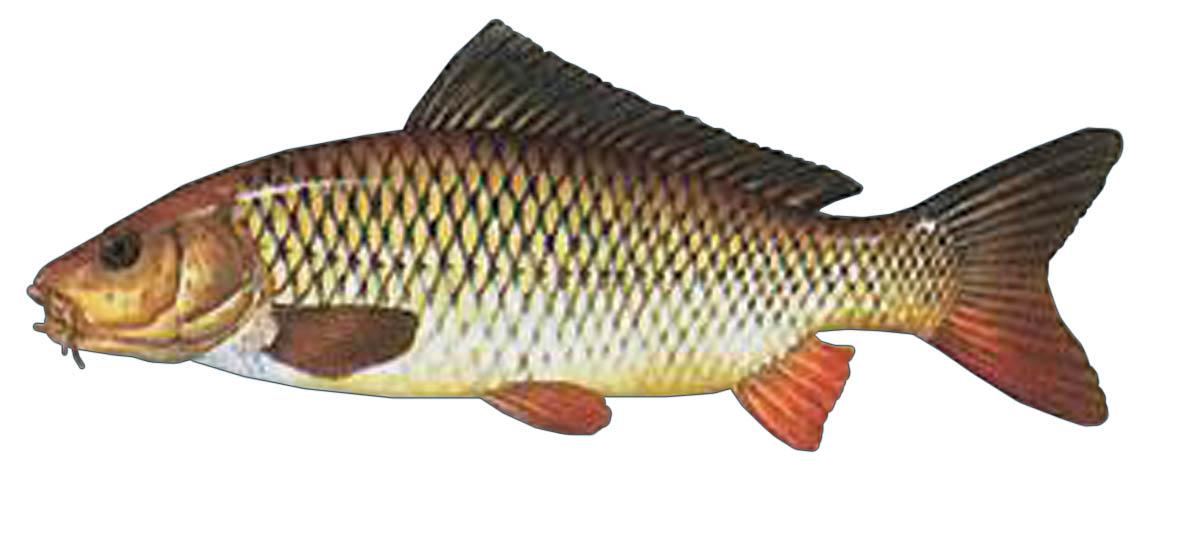
1700’s
“It was at the beginning of the 1700’s when the Aischgrunder and Dinkensbhul strains of carp were being formed by man’s intervention,” says Priory Fishers Ben Gratwicke. “The Dinkensbhul or “Dink” as it is widely referred to was taking shape and carp farmers were gradually breeding the scales off the fish as it was easier to prepare and eat less scaly carp.”
Over the next 250-300 years the Dink was formed. Lightly scaled, high-shouldered and fast growing these were ideal for food production not only for their aforementioned shape and growth but also because they became a highly domesticated and a hardy farm strain. “They didn’t reach our shores until the 1900’s but have become one of the major strains in the UK,” continues Ben. “By picking the biggest from each spawning and the fish with fewer scales, these high-shouldered super carp built the foundation for future breeding. By having fewer scales, the fish grew quicker and bigger as they wasted less energy on scale production and formation. Look around the UK carp scene and you will see a lot of the big fish have very few scales and most of the real whackers are fairly scale-less.”
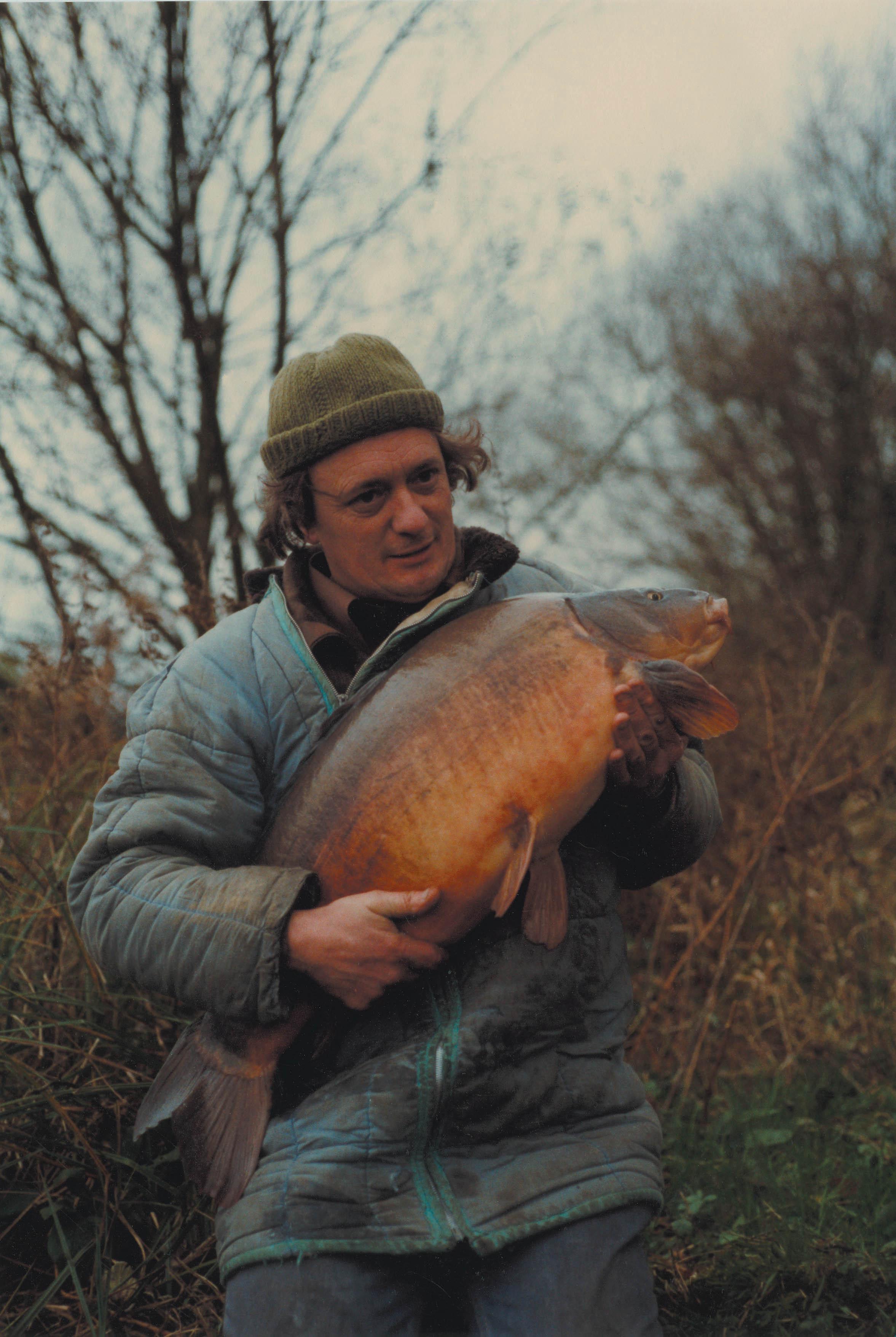
1900’s
Behold the mighty Galician strain from a fish farm outside the village of Vassen in Holland. These fish shaped carp fishing as we know it and under the expert eye of none other than Donald Leney, the Leney strain was born.
Says Ben: “Importing these carp as fingerlings to his fish farm in Surrey, the late Donald Leney grew some of the greatest carp EVER and with such a strong pedigree and being stocked into some of the finest carp waters of the time history was written. Skeletally longer than their German cousins, the Leney carp are still to this day some of the best looking fresh water fish around. The classic Leney is heavily scaled and in clear water bronze in colour giving you a carp with what looks like its wearing armour plating.”
Due to their moderate growth rate, these fish have lived from the original stockings up to present day of writing and some reaching the dizzy heights of 50lbs. Stockings into Redmire, Billing Aquadrome and Savay just set the scene for Leney domination. The Leneys of today are second, third and onwards generations of the original theme and as a strain they are not as prolific.
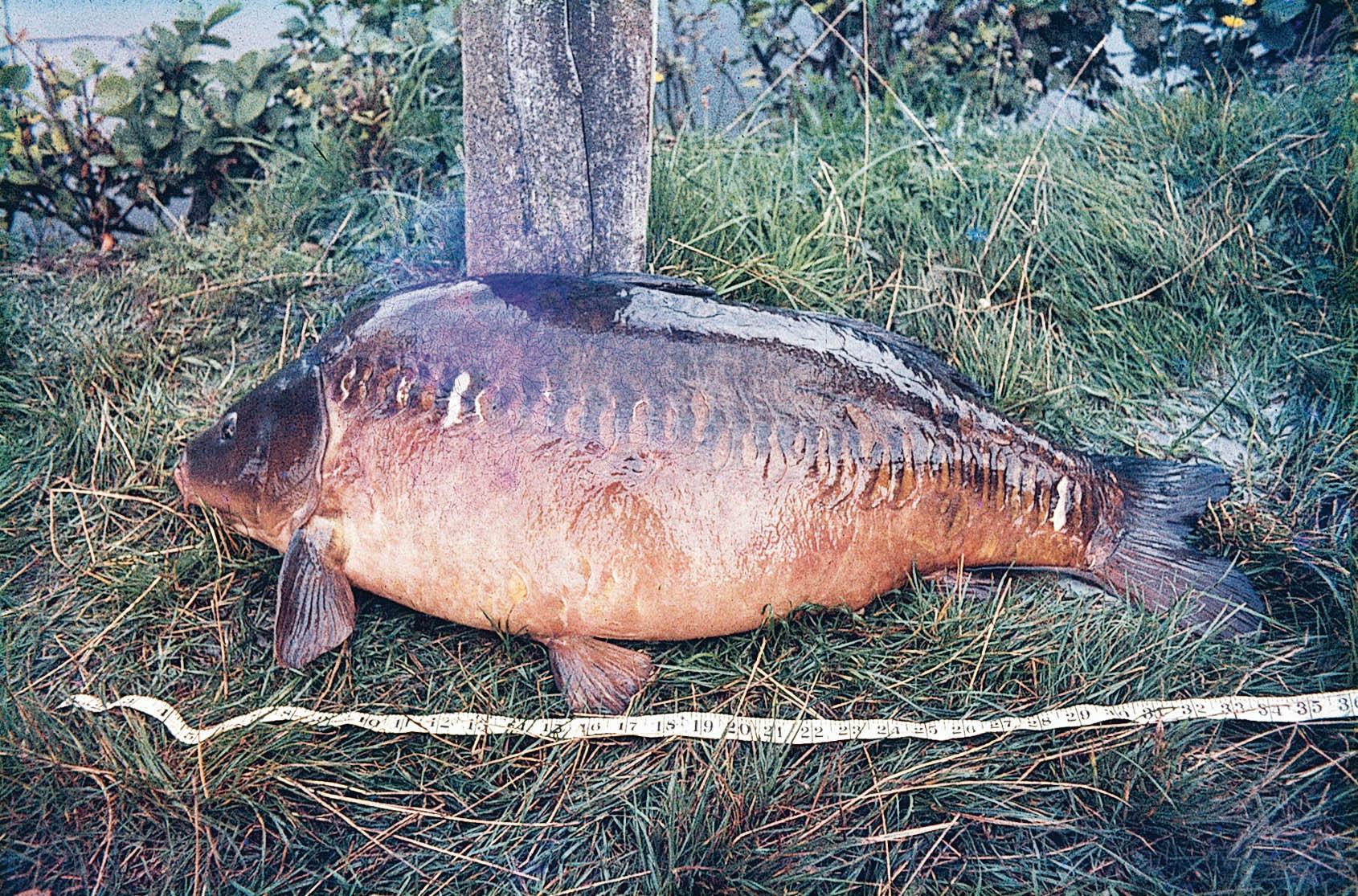
The 90’s
And enter John Patten and Mark Simmons, both names which are famous amongst the carp fishing and farming fraternity. “Their part in shaping the present day carp fisheries will, I doubt, ever be surpassed. It was, and is, a simple format: John produced what has been the most famous strain of present-day carp, ‘The Fishers Pond Strain’ and Mark bought the best of the best and sold them countrywide. These later became affectionately known as, ‘Simmos’. Now I don’t care what anyone says or writes, these fish obviously with the help of said gentlemen completely rewrote and remoulded big fish stocking in the UK and bought with them growth rates that were unseen before and an incredible amount of great times for anglers,” says a proud Ben.
The rise of this mighty strain in the UK started with stockings in 1994 into Horton Church Lake, Milton Abbas and Monks Pool on the Isle of Wight to name but a very few. These fish went marching towards big weights very quickly and under the spotlight for the first major time was Monks Pool, where this tiny lake produced and continued to produce fish well into 40lb in barely 1½-acres!
“The very next year Mark stocked Kingsmead with mirrors and commons and you only have to look at the catch reports to see that these fish have done exactly what it says on the tin… Grew.”
Derived from the “Dinkensbhul” strain, their character traits are broad high-shoulders, sparsely scaled and stocky framed. One of the major benefits of this strain is its domestication in farming and fishery situation; they are strong, quick growing as fingerlings and then later incredible stock fish due to there genetic
make-up.
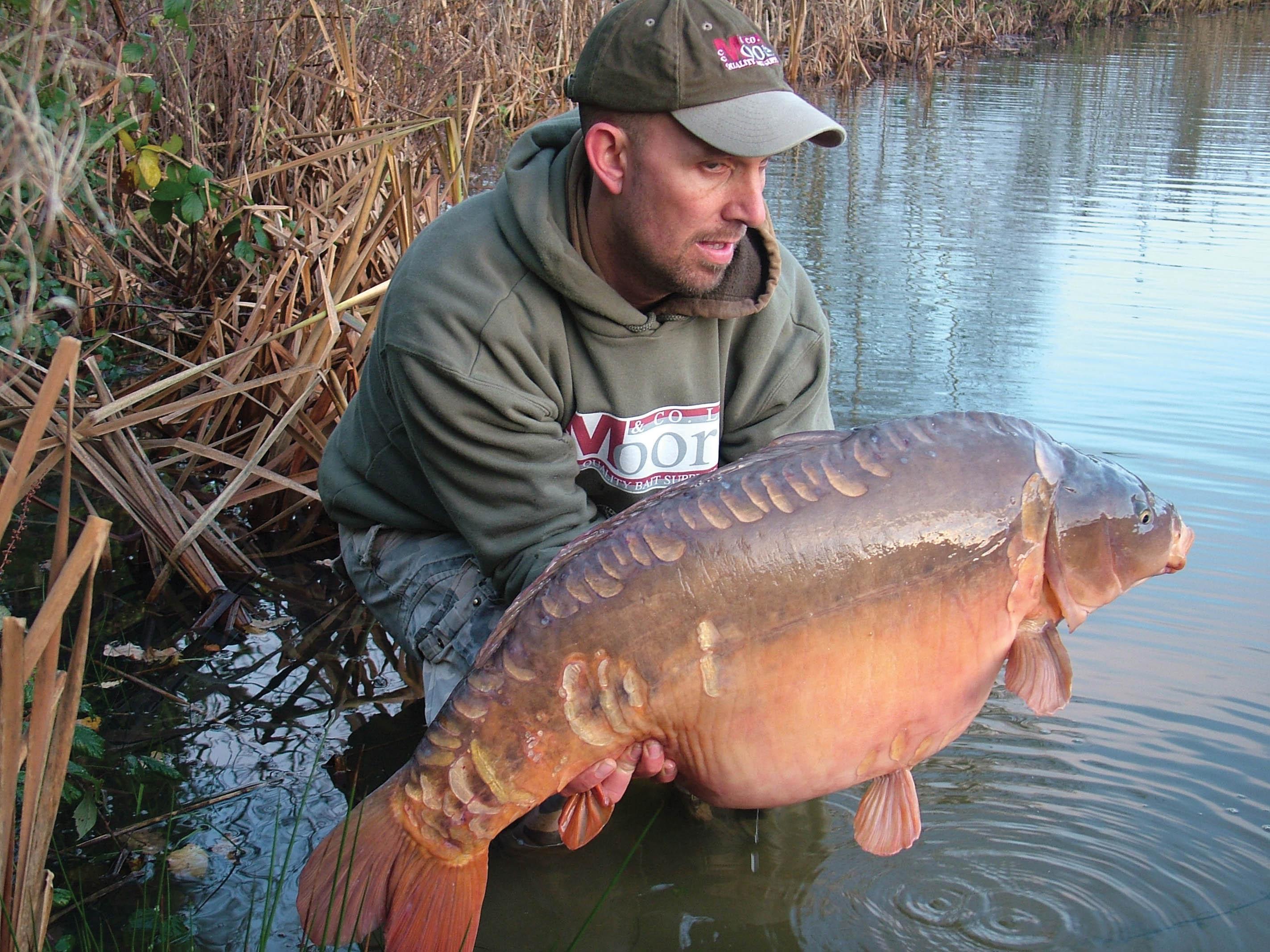
The late 90’s to present day
“So you want the growth and domestication of a Dink and the looks length and life expectancy of the Leney?” asks Ben, “Well, that is exactly what we thought 10 years ago and the Priory Fisheries cross was born and to this day we have used this cross to create hundreds of thousands of fingerlings which have grown onto single- and double-figure fish before being stocked out.
“Using two unique parents, you get a great pure clean cross with no chance of second, third or further generation crossing, no inbreeding here. Ranging from almost leathers to heavily scaled and common carp, our fish have been stocked countrywide from Wraysbury, The Car Park Lake, Blunham Angling’s Dovecote Lake (watch this space…) and one of the most well-documented stockings and histories is the Big Grange in Essex where the original fish were stocked at around 4-6lb 14-years-ago and the majority are now mid-thirties with a number being forty with a possible 50lb! They are a mix of broad shouldered fish, some scaly and some sparse, a good skeletal length and with this length comes a well-proportioned fish that can carry the great weights they will achieve.
“Knowledge of different parentage has bought the best of British forwards and we now have some top fish farmers looking after our future. Sparsholt’s golden boys and good mates, Viv Shears and Simon Scott under the name of VS Fisheries are building a carp farming empire which in recent years has seen them grow on fingerlings from Sutton, Priory and Dink crosses, and more recently they have become self-sufficient with there own choice pool of brood stock.”
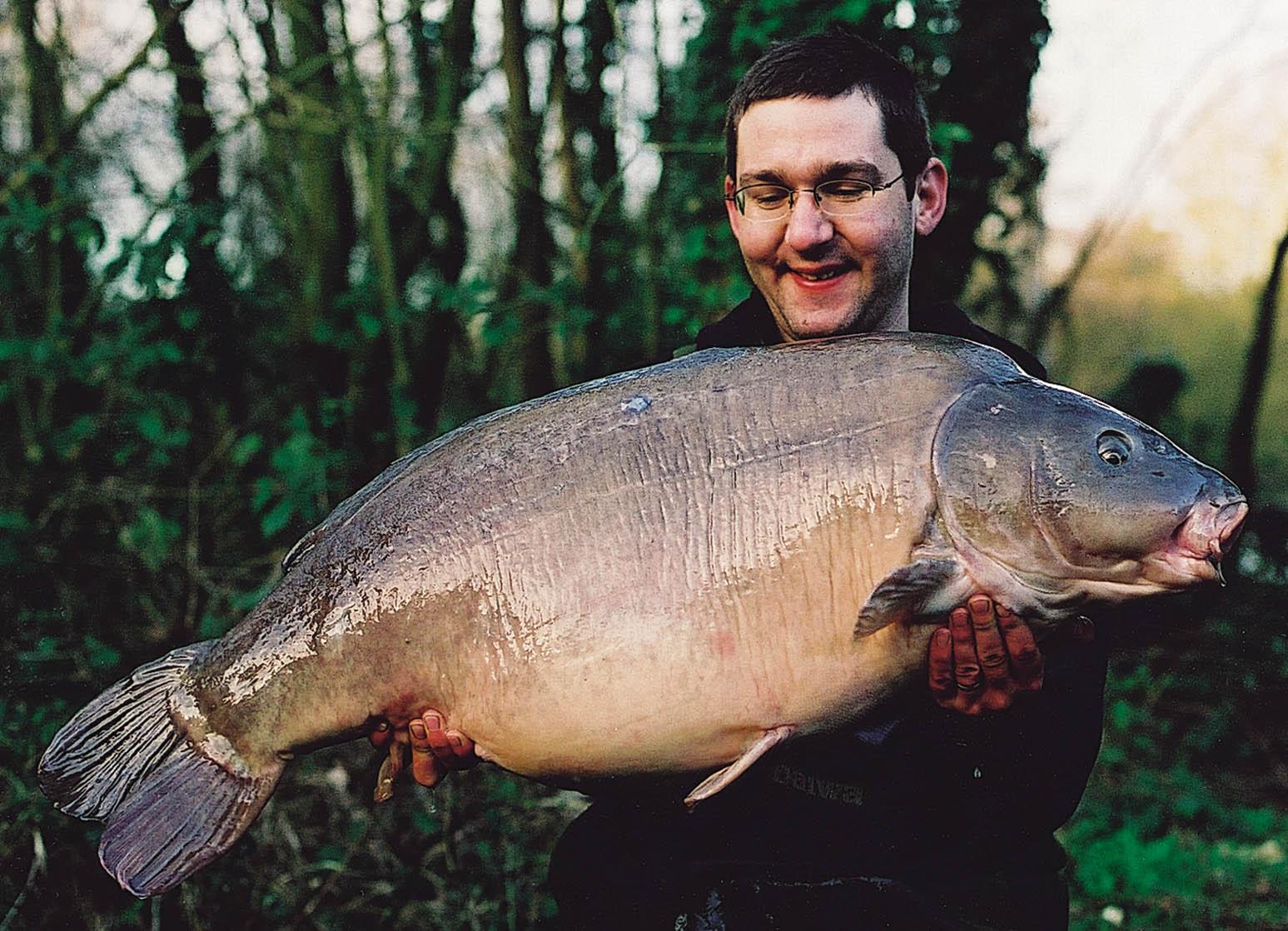
The future…
Ben continues, “You only have to spend a while looking at different fish in the UK to realise that the potential is endless and with so many great strains and crosses available, we have a very rosy future. As far as farming big carp in the future, I have mentioned some of the main players, all of whom have the knowledge, expertise and access to the right carp to create even more history within the scene. I see more choice for what you are buying and services for contract growing your perfect lake of fish. I get asked more and more for certain types of scaling with lists being emailed with, one common, one leather, one linear etc., etc. and I can see this is only going to increase as such is demand! After all of this, the carp still have to be stocked into the right type of water and you cannot expect any super strain to grow in an overstocked puddle!”
So what’s the next step then? To gain access to some of the absolute biggest fish in the country and be there on a capture to take just a small amount of male milt (sperm) which can be done with no harm to the fish during the summer months. This can then be used to fertilise a farm held females eggs… The results would be mind-boggling…”
